Bắc Giang’s land area is primarily dedicated to agriculture. The province is becoming known as a producer of fruit, particularly pineapples and lychees. Around a quarter of Bắc Giang’s land area is devoted to forestry. Located 50 km 50 kilometres (31 mi) from Hanoi, the province is within both the Hanoi-Hải Phong-Quảng Ninh Economic Corridor, and the Nam Ninh-Lạng Sơn-Hanoi-Hải Phong-Quảng Ninh Economic Corridor. Before the province was formulated in 1997 and industrial development of the region was initiated, the GDP of the province was only US$ 170 with Agro-Forestry accounting for 55% and Industry hardly contributed. It was a poor economy with 90% of agricultural workers remaining below the poverty line. However, during the period 1997-2008, the province having launched several industrial projects in all its districts, 410 projects were launched with investment of US$ 23.174 billion that included 74 "Foreign Direct Investment" projects worth US$ 432.9 million. As a result, several economic farming models were introduced, which resulted in "Rural Economic Development", social consumer retail sales, and services got a boost, the poverty rate (2005 level) reduced to 17.78%, and textiles and garment exports accounted for about US $130 million, which was 76% of the province’s export turnover. Infrastructure such as National Highways and rural roads were substantially expanded, towns were better planned and beautified. Industrial parks, urban Areas-service and high-tech parks are being added. Key Industries like fertilizer, high technology, engineering, building materials, assembling automobiles, agricultural processing, forestry products, textiles and electric power generation are planned with the objective of achieving a GDP growth rate of 11-12% by 2020.[19] The province has the Bắc Giang Department of Industry and Trade established in 2008 by the Bắc Giang People’s Committee, which unifies the Department of Industry and the Department of Trade and Tourism; this testifies to the importance given to promote industrial development of the province.[20]
In 2006, I returned to invest in an industrial park in Bac Giang, following the suggestion that "the locality still has many difficulties and needs help". At that time, after 20 years of opening the economy, Bac Giang had only attracted 20 million USD in foreign investment. But up to now, Bac Giang has many times topped the list of localities attracting FDI.
Northern Key Economic Zone
-
 Ha Noi Capital
Ha Noi Capital
14 industrial parks -
 Vinh Phuc Province
Vinh Phuc Province
6 industrial parks -
 Quang Ninh Province
Quang Ninh Province
4 industrial parks -
 Bac Ninh Province
Bac Ninh Province
15 industrial parks -
 Hai Phong City
Hai Phong City
5 industrial parks -
 Hung Yen Province
Hung Yen Province
5 industrial parks -
 Hai Duong Province
Hai Duong Province
11 industrial parks -
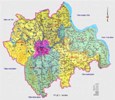 Hà Nam
Hà Nam
2 industrial parks -
 Nam Định
Nam Định
2 industrial parks
Central Key Economic Zone
-
 Da Nang City
Da Nang City
6 industrial parks -
 Thua Thien Hue Province
Thua Thien Hue Province
4 industrial parks -
 Khanh Hoa Province
Khanh Hoa Province
5 industrial parks -
 Quang Ngai Province
Quang Ngai Province
6 industrial parks -
 Quang Nam Province
Quang Nam Province
9 industrial parks -
 Binh Dinh Province
Binh Dinh Province
7 industrial parks -
 Phu Yen Province
Phu Yen Province
4 industrial parks -
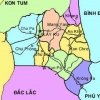 Gia Lai
Gia Lai
1 industrial parks -
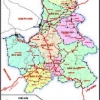 ĐĂK NÔNG
ĐĂK NÔNG
1 industrial parks -
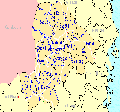 ĐĂK LĂK
ĐĂK LĂK
1 industrial parks -
KON TUM
0 industrial parks -
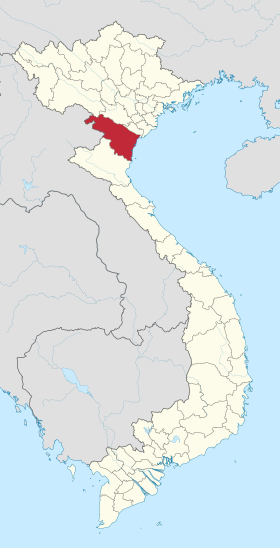 Thanh Hoá
Thanh Hoá
1 industrial parks
Southern Key Economic Zone
-
 Binh Thuan Province
Binh Thuan Province
6 industrial parks -
 Ho Chi Minh City
Ho Chi Minh City
22 industrial parks -
 Dong Nai Province
Dong Nai Province
31 industrial parks -
 Binh Duong Province
Binh Duong Province
28 industrial parks -
 Long An
Long An
36 industrial parks -
 Ba Ria-Vung Tau Province
Ba Ria-Vung Tau Province
11 industrial parks -
 Tay Ninh Province
Tay Ninh Province
4 industrial parks -
 Tien Giang Province
Tien Giang Province
5 industrial parks -
 Binh Phuoc Province
Binh Phuoc Province
7 industrial parks
Mekong Delta
-
 AN GIANG
AN GIANG
5 industrial parks -
BẠC LIÊU
5 industrial parks -
 BẾN TRE
BẾN TRE
2 industrial parks -
 CÀ MAU
CÀ MAU
4 industrial parks -
 Vĩnh Long
Vĩnh Long
4 industrial parks -
 Đồng Tháp
Đồng Tháp
3 industrial parks -
Trà Vinh
1 industrial parks -
 Cần Thơ
Cần Thơ
10 industrial parks -
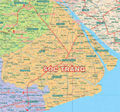 Sóc Trăng
Sóc Trăng
4 industrial parks -
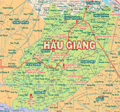 Hậu Giang
Hậu Giang
3 industrial parks -
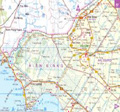 Kiên Giang
Kiên Giang
6 industrial parks


